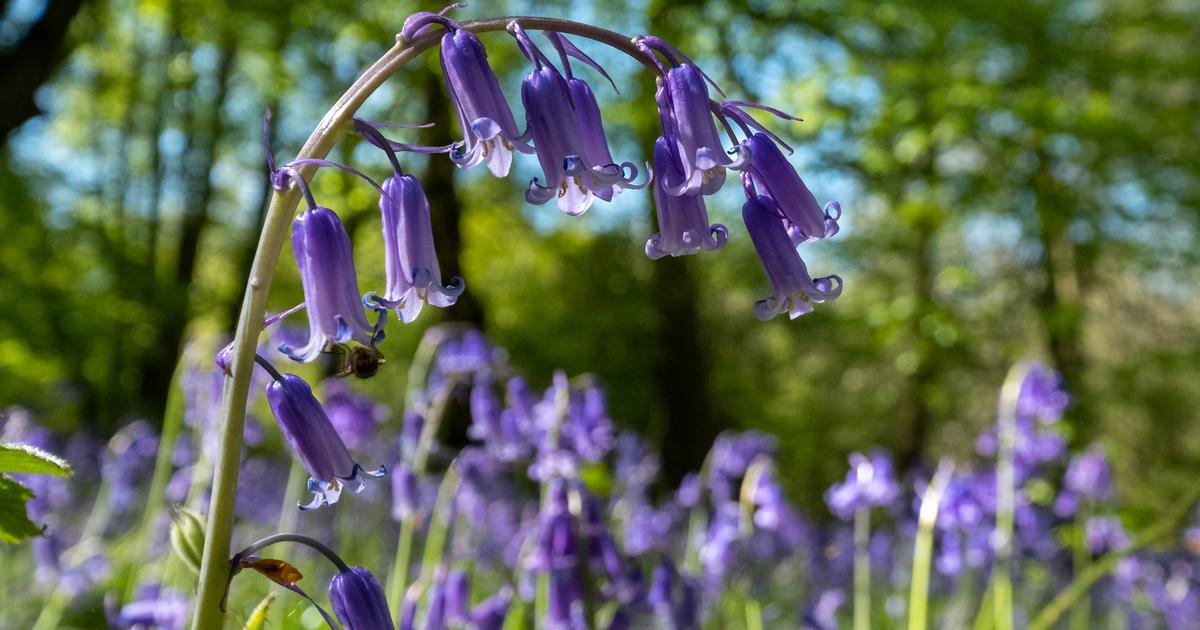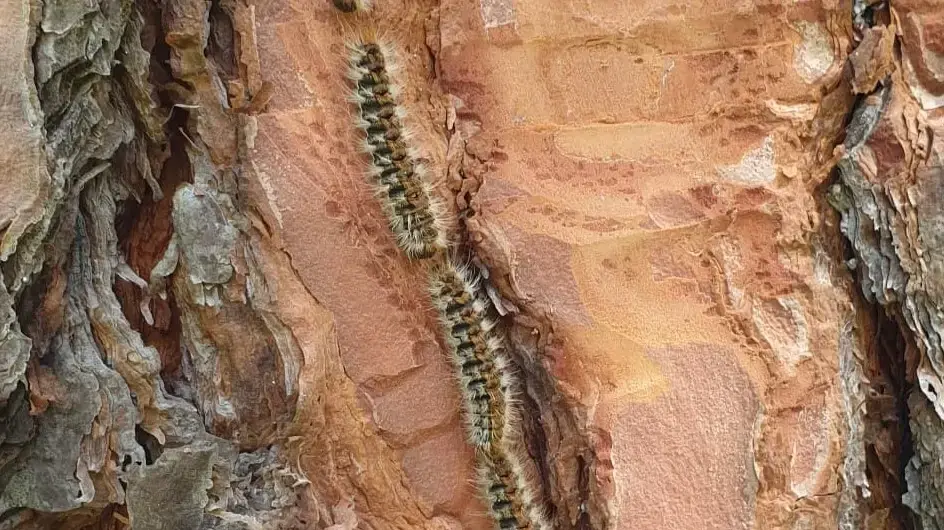Golden yellow, blue, mauve, white…
wild flowers
line the forests with their sparkle and fragrance.
Here are five of the most beautiful of them.
To discover
What vegetables and fruits are in season for April?
wild garlic
Wild garlic, decorative and edible.
Adobe Stock
Wild garlic, also known as wild garlic or wild garlic, is a bulbous plant that appears in the spring.
Mainly present in mountainous regions, forests and undergrowth, it gives off a smell of garlic.
With a white flower with six petals at the top of its stems, it can measure about twenty centimeters in height.
It does not only have a decorative function because from the flowers to the bulb, through the flower buds, everything is edible.
It is also often used to prepare dishes, from salads to grilling, including herbal tea for its medicinal properties.
Read also7 white flowers for an elegant garden
sylvian anemone
The melliferous flowering of the anemone sylvia and encourages the arrival of pollinating insects.
Adobe Stock
Called wood anemone, the sylvia anemone is a bulbous perennial plant of the buttercup family.
It is mainly found in woods and grasslands in Central Asia and Europe.
It needs soil that is both moist - but not too moist so that the bulbs do not eventually rot - and rich in humus in a shady or semi-shaded place for proper growth.
The sylvia anemone offers a melliferous flowering with six to eight petals.
With varied colors, from white to purple or even blue, its deciduous foliage colors a large area of nature and encourages the arrival of pollinating insects.
Small peculiarity, the flowers of four centimeters in diameter follow the direction of the sun's rays and close at nightfall or in case of bad weather.
In addition, it is a toxic plant for humans and animals, so it is important to choose a suitable planting site, to avoid any inconvenience such as vomiting, convulsions or skin irritations.
Read alsoWhat insects are useful in the garden?
The woodland daffodil
The wood daffodil, carpets the forest with yellow or white colors in nature.
Adobe Stock
The wood daffodil (or
narcissus pseudonarcissus Obvallari
s) is a bulbous herbaceous plant.
It grows mainly on the edge of the forest or in the meadows, especially in the Mediterranean region and in Spain.
The daffodil flourishes in a cool well-drained soil, not too wet in winter with a sunny exposure or partial shade.
Its flowering, at the beginning of spring, gives rise, in addition to its bluish green deciduous foliage, to flowers of about five centimeters in diameter, sometimes white, sometimes golden yellow, single or double, at the top of fine ones of about twenty centimeters.
From the Amaryllidaceae family, however, it should be handled with care due to its toxicity to humans and animals.
Read also6 yellow flowers for a sunny garden
The hyacinth of the woods
The bluebell and its original purple flowers.
Adobe Stock
Also called wild hyacinth, bluebell, a hardy bulbous perennial that finds refuge in European forests, hardwoods and grasslands.
From the Liliaceae family, its growth requires a soil that is both well-drained, cool and humus-rich, combined with exposure to partial shade.
Thus, its flowering in the form of clusters with about ten nectariferous flowers in the shape of bells equipped with six tepals can take place in the best conditions from April.
It lets out white, blue or purple flowers at the top of stems about thirty centimeters high and among deciduous dark green leaves about twenty centimeters.
However, it should be handled with care because it can cause digestive disorders or skin irritation in humans and animals.
Read alsoTulip, narcissus, hyacinth: get ready for spring!
lily of the valley
Lily of the valley, the timeless May 1st.
Adobe Stock
We see it everywhere in a bouquet or in a pot on the occasion of the day of the 1st hand the Labor Day of which it has become the emblem.
Belonging to the Liliaceae family, the lily of the valley which is born in the woods of the temperate zones of the northern hemisphere is a perennial rhizomatous plant which grows in humus-bearing soils and in an environment with partial shade.
Each sprig is made up of two deciduous, shiny smooth green leaves and white flowers in the form of bells.
These flowers grow on its stems and give off a sweet fragrance during the spring.
Nicknamed lily of the valleys, it is however advisable not to ingest it because it contains irritating and toxic substances for the heart.









/cloudfront-eu-central-1.images.arcpublishing.com/prisa/KMEYMJKESBAZBE4MRBAM4TGHIQ.jpg)


/cloudfront-eu-central-1.images.arcpublishing.com/prisa/EXJQILQR5QI7OMVRTERD7AEZAU.jpg)
